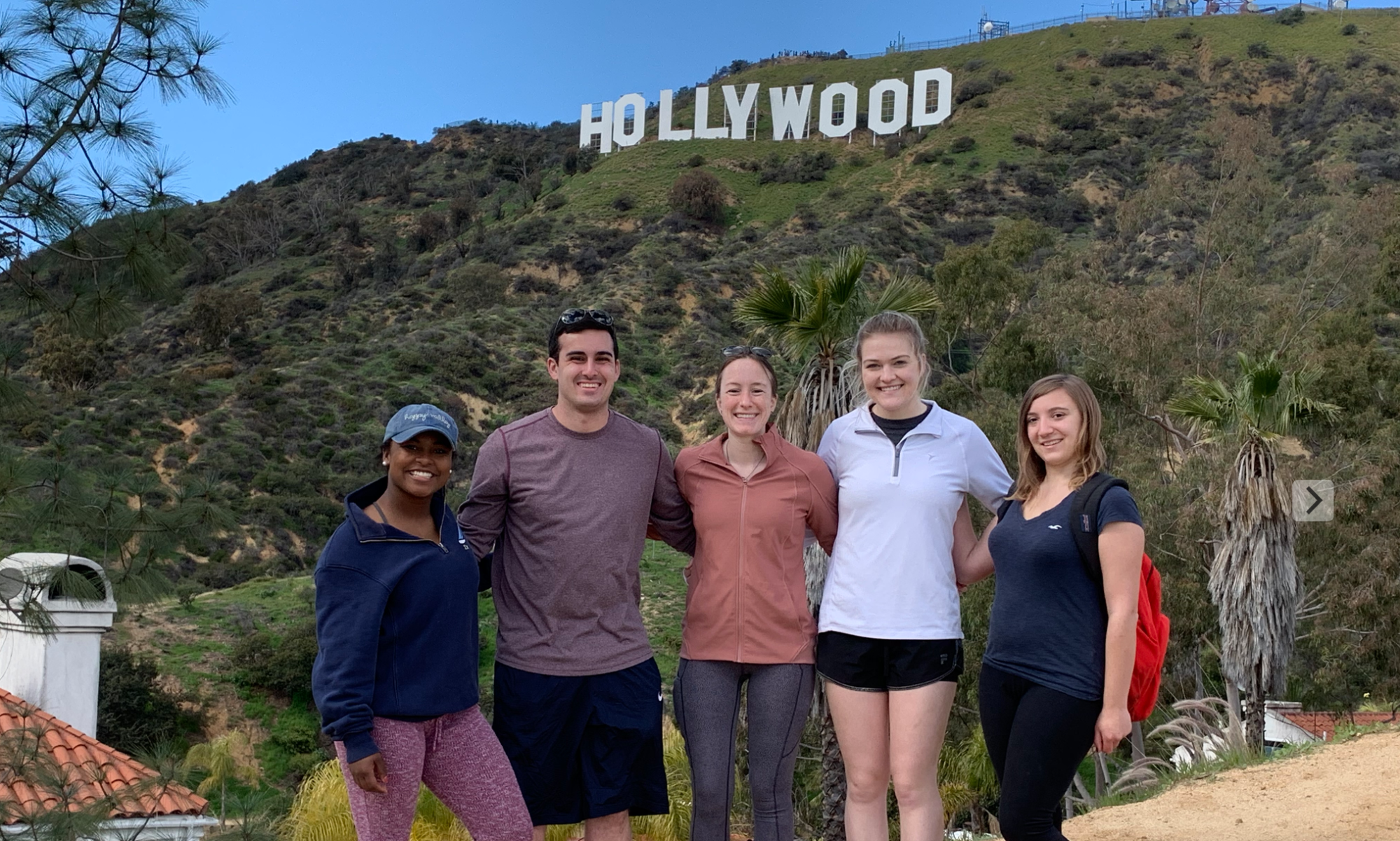(This is a blog post I wrote for my PLA course.)
It seems that the topic of leadership has been interwoven into each of the courses that I’m taking this semester, in one way or another.
In my Comparative Politics class and International Relations class, we’ve discussed what constitutes effective leadership when it comes to running a state or interacting with other prominent figures on the world stage. Does a good leader rule with altruism, displaying generosity and helpfulness to other governments and political figures? Does a good leader rule with strong-arm tactics, in pursuit of what’s best for the individuals of their respective state? Is there a middle ground? The answers to these questions depend on who you ask. Like we discussed in class a few weeks ago, some would have claimed that Hitler was a strong leader. Favored characteristics in rulers are relative.
Even in my film classes we’ve touched on the topic of leadership. When making a film, the director takes on the biggest leadership role. Sometimes the director is considered the auteur of the film; that is, his or her involvement in the project and influence on the final product is so great that he or she is considered to be the “author” of the film. But this doesn’t mean that no one else is involved in the movie’s development. Leadership roles in the filmmaking industry are particularly interesting to me because it is evident that many different individuals need to come together to create such a dynamic piece of art; however, where is the power and influence delegated? Is the screenwriter a leader for forming the script? Is the producer a leader for purchasing rights, contributing funds, overseeing production and postproduction, and making pivotal decisions regarding who is hired to work on the film? And are the actors and actresses leaders for taking on roles and molding them into memorable characters? I believe that all of these people involved, plus many more, are leaders in their own way because they are taking on the responsibility of their individual tasks and have to decide for themselves whether they will espouse the characteristics of effective leadership that we have touched on: integrity, organization, adaptability, etc.
One other “course” that I am getting credit for this semester is LA 498, otherwise known as the “SHO TIME mentor course”. I, as well as many others in our PLA class, applied last semester to be an orientation mentor for the incoming class of Schreyer scholars. I was very excited to be chosen, mostly because I knew it would be a lot of fun (and I would get to move in three days before the mass influx of Penn State students returning for the year). I went into the experience fully aware that this was an important leadership position that would determine the quality of a huge transition in our mentees’ lives. Last year, my mentors were amazing and really helped me acclimate to an environment that at first seemed very daunting. I wanted to give back that welcoming experience that was given to me.
Over the summer, we prepared for SHO TIME by writing blog posts and reflection papers about what being a leader really means. My reflections were always cookie-cutter, and I went on for two pages about accepting responsibility and “taking the role seriously.” But it took actually going through the orientation in a position of mentorship to realize the significance of the role we were in. My co-mentor and I had to answer questions, give advice, and make sure each member of our group felt welcome and included. We went through the itinerary, moving from place to place and activity to activity based on what the schedule told us to do; however, one of the most important things I realized is that part of being a good orientation leader is not focusing on the divide between mentor and mentee. Being in a position of leadership does not necessarily mean there has to be a strict power hierarchy – in fact, I think one of the best qualities of a leader in many situations is just being a friend. Being a friend comes with trust, good communication, and reliability. It means that there’s no fear to start up a conversation, express concerns, and make suggestions.
Being a friend would not apply to all leadership positions. Politicians and movie directors might not get done what they need to get done if they don’t focus on the divide between leader and those being led. But I really learned from my experience as a SHO TIME mentor that there are different types of leadership – and in my case, just being personable went a long way.
But like I said before, it all depends on who you are and who else is involved and what the task is. Barack Obama was a damn good leader, but I’m not sure he’d be able to direct the next Shawshank Redemption. Good leadership is all relative.

